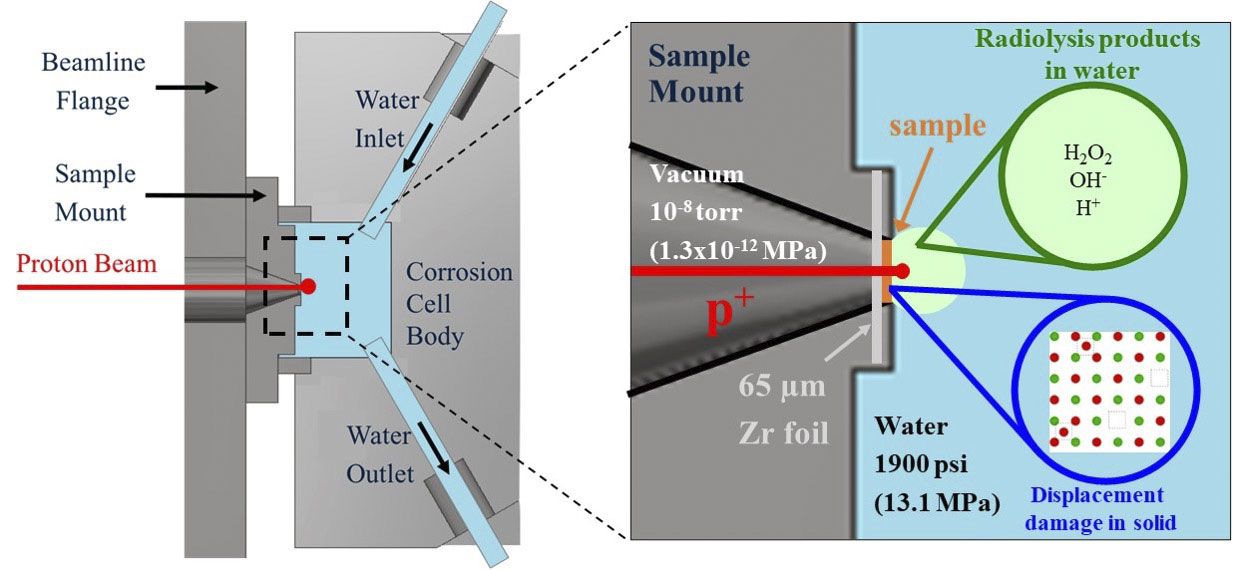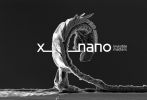University of Michigan (U-M)
The University of Michigan (U-M) is a public research university located in Ann Arbor, MI, USA. Founded in 1817, it holds the distinction of being the oldest institution of higher education in Michigan state. U-M is one of the earliest American research universities and a founding member of the Association of American Universities. U-M offers a wide range of academic programs across its 19 schools and colleges, providing more than 250 degree-awarding programs in various disciplines. It has a rich history, a vibrant community, and a commitment to excellence in research, education, and public engagement.
The Nuclear Engineering and Radiological Sciences (NERS) Department at U-M is a leading hub for cutting-edge research and innovation. With focus on sustainable energy solutions, nuclear security, and non-proliferation efforts, NERS consistently ranks as the top Nuclear Engineering graduate program in the nation. Undergraduates actively participate in research, and state-of-the-art facilities support groundbreaking work in areas, such as nuclear reactor control, radiation effects, and plasma technology for water purification.
In SCORPION, NERS contributes with synergistic proton irradiation/aqueous corrosion tests on proof-of-concept materials, utilising the unique Irradiation-Assisted Corrosion (IAC) system that is available at the Michigan Ion Beam Laboratory (MIBL) for Surface Modification and Analysis. The MIBL, established in October of 1986, offers access to a 3 MV Pelletron Tandem accelerator, capable of ion implantation at energies >1.5 MeV and to a maximum energy that depends on the ion charge state, for a maximum terminal voltage of 3 MV. The 1.7 MV Tandetron accelerator is capable of implantation at energies >0.5 MeV and to a maximum energy that depends on the ion charge state, for a maximum terminal voltage of 1.7 MV. A wide variety of ions can be produced by a Torvis type source, a duo-plasmatron source, a sputter ion source, a SNICS sputter type source and an ECR source. Currents of up to 75 µA of H+ and several µA of metal ions are routinely employed. The implantation end stations operate at pressures in the 10-9–10-10 Torr range, and samples can be either heated or cooled during irradiation. The 400 kV implanter can produce over 40 different ions in the 20–400 keV energy range. Its end station has stages for implantation at high temperatures down to liquid nitrogen temperature (-196°C) at pressures of 10-6–10-7 Torr. The laboratory has been reconfigured to enable dual and triple beam irradiations. In the triple beam mode, the 3 MV tandem (WOLVERINE) can be used for self-ion irradiations, the 1.7 MV (MAIZE) for He implantation, and the implanter (BLUE) for H implantation. The 3 MV accelerator can deliver Fe++ up to 9 MV (~2 mm damage depth in F/M steels) with ion currents up to ~1 mA, yielding dose rates up to and possibly exceeding 10-3 dpa/s. The 1.7 MV tandem can deliver He++ in the 1–5 MeV range with current ranges between 1 nA and 0.5 mA. With this current and a typical dose rate of 10-3 dpa/s, the achieved He/dpa ratios vary typically in the 0.1–1000 appm/dpa range, which covers the He/dpa ratios of a wide range of reactor types, including fast-neutron reactors (~0.2 appm/dpa), light water reactors (LWRs; ~2-5 appm/dpa), fusion reactors (~18 appm/dpa), spallation neutron sources (SNS; ~180 appm/dpa) and CANDU reactors (~300 appm/dpa). In principle, the achieved He/dpa ratio can vary in the 0.1–105 appm/dpa range, which is sufficient to cover even SNS with the highest He/dpa ratio of 1700 appm/dpa. The IAC system utilizes a MIBL accelerator capable of producing a high-energy proton beam with a defined beam current density of up to 10 µA/cm2. A high-temperature, high-pressure corrosion cell is attached to the end of a dedicated beamline; this cell is capable of simulating water environments similar to those encountered in LWRs. The thin sample (~50 μm) serves also as an irradiation window to allow the proton beam to pass through the sample thickness and still maintain structural integrity between the beamline vacuum (1.3×10-12 MPa) and pressurized water (>13 MPa) at LWR-relevant temperatures.
Operation of the IAC cell
Photo by University of Michigan


















